It's all about the classical music composers and their works from the last 400 years and much more about music. Hier erfahren Sie alles über die klassischen Komponisten und ihre Meisterwerke der letzten vierhundert Jahre und vieles mehr über Klassische Musik.
Total Pageviews
Sunday, June 9, 2024
Christina Aguilera - Reflection (2020) (From "Mulan")
To Love You More - Joslin - Celine Dion Cover
Saturday, June 8, 2024
Wonderful Life -Black - Saxophone Cover by @felicitysaxophonist
 / felicitysaxophonist
💻 Website: www.felicitysax.com
🎙️ About the Cover:
Did you know, that the singer Black actually wrote his song Wonderful Life in a moment, when everything was getting bad for him and the song title was actually ironic? With my cover version I wanted to present the importance of finding a little joy in our lives and keeping our focus on staying positive. I aimed to capture the uplifting spirit of the original song while adding my own melodic twist. The song's message has always resonated with me, and I hope my saxophone interpretation brings joy to your day.
📢 Disclaimer:
I do not claim ownership of the original song's copyright. This cover is intended for entertainment purposes only.
/ felicitysaxophonist
💻 Website: www.felicitysax.com
🎙️ About the Cover:
Did you know, that the singer Black actually wrote his song Wonderful Life in a moment, when everything was getting bad for him and the song title was actually ironic? With my cover version I wanted to present the importance of finding a little joy in our lives and keeping our focus on staying positive. I aimed to capture the uplifting spirit of the original song while adding my own melodic twist. The song's message has always resonated with me, and I hope my saxophone interpretation brings joy to your day.
📢 Disclaimer:
I do not claim ownership of the original song's copyright. This cover is intended for entertainment purposes only.Boieldieu Harp Concerto Fragment
Friday, June 7, 2024
UP soprano to represent Philippines at World Youth Choir 2024 Alumni Session
Jan Milo Severo - Philstar.com

KUALA LUMPUR, Malaysia — A soprano from the University of the Philippines (UP) is set to represent the Philippines at the World Youth Choir 2024 Alumni Session.
Pauline Arejola is the sole participant from the Philippines who qualified from over 57 applications from 24 countries.
Arejola is part of the chosen 32 singers by the international jury composed by a jury representative from each of the three World Youth Choir patron organizations: Victoria Liedbergius on behalf of the European Choral Association, Burak Onur Erdem on behalf of the International Federation for Choral Music and Sasho Tatarchevski on behalf of Jeunesses Musicales International.
Arejola shared her excitement about this opportunity.
"Finally, after what seemed almost impossible in this lifetime, I am glad to share with you that I will be representing the Philippines in the World Youth Choir Alumni Session 2024," she said.
She expressed her gratitude for the chance to participate after facing setbacks, including the cancelation of the 2020 session due to the pandemic.
The World Youth Choir 2024 Alumni Session is set to take place in St. John’s, Newfoundland and Labrador, Canada, as part of the inaugural Harbour Voices International Festival of Collective Singing Traditions.
Renowned Swedish conductor Cecilia Rydinger will lead the ensemble with Arejola the only participant from the Philippines.
The program will feature a diverse range of musical works, including classical choral pieces and traditions from Scandinavian and Canadian Indigenous cultures.
Arejola's musical journey is deeply rooted in her education and experiences at the UP College of Music, where she graduated with honors, earning a Bachelor's Degree in Music with a major in Voice in 2018. Under the guidance of esteemed mentors like Prof. Ma. Cecila O. Valeña, she honed her craft and cultivated her passion for music.
Her versatility as a performer spans classical and contemporary operas, as well as musical theater. Beyond her solo endeavors, Pauline has performed with prestigious groups, such as the UP Los Baños Choral Ensemble and Collegium Vocale Manila, with the latter known for recently performing at the 49th International Bamboo Organ Festival.
As she prepares to represent her country on the global stage, she held a special send off-cum-fundraising concert in the Philippines.
Titled "Handog," the concert serves as both a celebration of her musical journey and a thanksgiving.
"This concert is very special to my heart as it represented the culmination of years of my musical journey," Arejola said. "This evening was my 'handog' to everyone who’s been there in that journey!"
The concert featured performances by Arejola herself, accompanied by pianist Darren Vega, and special appearances by Canticum Amoris Music Ministry, DSSTCJ Children's Choir, Mikee Baskiñas and UPLB Choral Ensemble. The event took place last May 18 in the Diocesan Shrine of St. Therese of the Child Jesus in UP Los Baños, Laguna.
The Orchestra in a Box: The Accordion
by Maureen Buja, Interlude
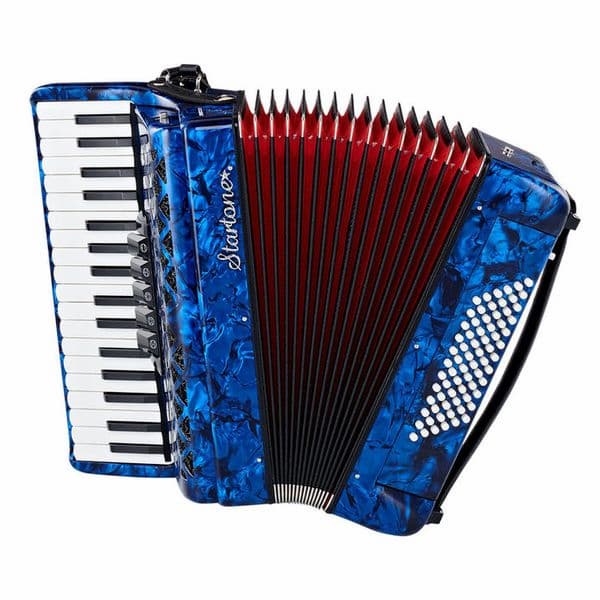
Piano Accordion (Startone 72 MKII)
The button accordion.

Chromatic Button Accordion (Hohner Mattia IV)
The instrument is held by two straps around the shoulders and is played in front of the body. For most accordions, the same pitch is played when you open or close the bellows, but some instruments will play different notes depending on the direction of the bellows’ motion.
The accordion is a 19th-century instrument invented in Germany by Christian Friedrich Ludwig Buschmann around 1822.
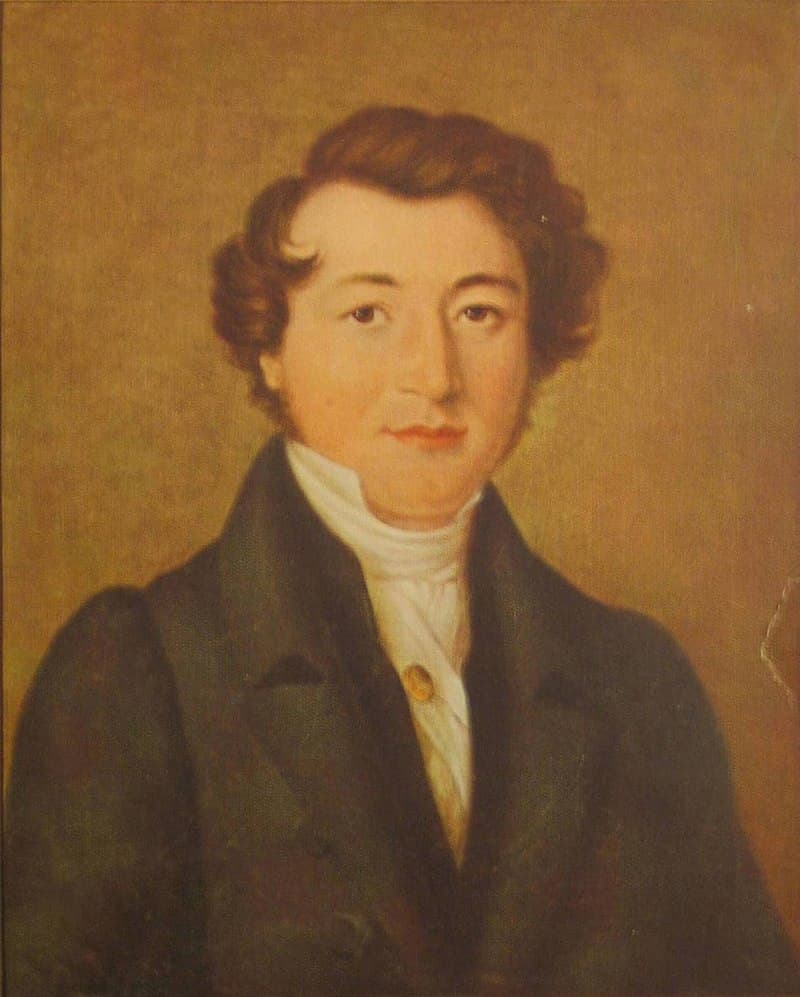
Christian Friedrich Ludwig Buschmann
From Germany, the instrument went to Russia, with the earliest known ones being made in the 1830s. By the late 1840s, two Russian manufacturers were producing some 10,000 instruments a year. By 1828, the instrument was in England and in New York by the mid-1840s.
For classical music, it wasn’t until the 1960s that works for accordion and orchestra were being written, and Poland has been a particular center for this genre.
Bronisław Kazimierz Przybylski’s Concerto polacco was completed in 1973 and is one of the most popular of the accordion concertos.
In Denmark, the composer Per Nørgård has been an important contributor to the genre. His 1964 work, Introduction and Toccata, developed from a first version in 1952 that accordionists agreed as being unplayable on current instruments. The 1964 revision captured the idiosyncratic methods needed for performances.
Maltese composer Charles Camilleri (1931–2009) was also an accordion virtuoso and international performer. His 1968 Concerto for Accordion and String Orchestra was originally intended as a didactic work for his students. The work includes both classical forms (a first movement sonata-allegro) and local references (the main subject of the first movement is close to a Maltese traditional melody). The final movement was intended to be not only a brilliant finish but also a nod to the 12-music of the time.
Finnish composer Erkki-Sven Tüür (b. 1959) had to be urged for five years to consider the accordion as a solo instrument for a concerto. He had to change his thinking of the instrument as purely for folk dances to something that had an orchestral connection. In its upper register, the accordion can sound like the wind instruments, and in its middle register, is closer to the strings and the composer used these sounds in different combinations.
For many people, it was the Tango Nuevo of Astor Piazzolla that brought the accordion (or in Piazzolla’s case, the bandoneon) to the performing stage.
The bandoneon is a middle instrument between the hand-sized concertina and a full accordion. It is named for its inventor, Heinrich Band, who intended it for religious or popular music accompaniment. It made its way to Argentina around 1870, where it became one of the distinctive sounds of tango music.
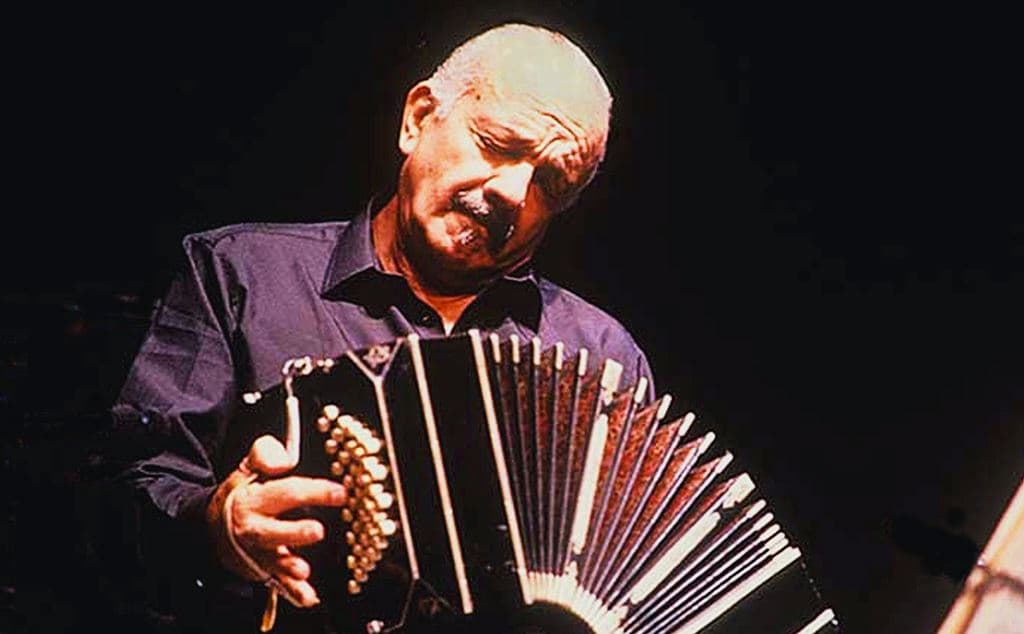
Astor Piazzolla
His Concerto for Bandoneon, Percussion, and String Orchestra of 1979 is very different from the European concertos we’ve heard above—it immediately incorporates the rhythm of tango and its melancholic alternation between major and minor, expressive solo lines and other emotive details.
The accordion has long been associated with France, be it from French accordionists on street corners or the accordionist Yvette Horner, who played her accordion along the route of the Tour du France in the 1950s and 1960s (and who was caricatured in Les Triplettes de Belleville).

Yvette Horner
A new work in the French tradition is Thibault Perrine’s Capriccio for Accordion and Orchestra. The work makes reference to the former music activities on the Place de la Bastille where musicians from the Auvergne encountered accordionists coming up from Italy. Together, they created a new dance music known as the musette and Perrine makes that the center of his work.
The lack of repertoire has made transcriptions central to the performance of classical music by accordionists. Satie’s Gnossienne No. 1, originally for piano, takes on a different life with accordion, vocals, trombone, and three melodicas (another free-reed instrument that mixes the harmonica with a keyboard).

Melodica
Or some Bach for accordion and saxophone.
And Rameau keyboard music arranged for accordion.
Japanese accordionist Mie Miki has been very active in bringing not only Baroque keyboard music to the accordion but also vocal music, such as this Dowland work, arranged for viola and accordion.
As a new instrument to the classical stage, the accordion has had to fight for recognition as a serious instrument. Its versatility in sound, melding with elements of the orchestra, has been a benefit, and as composers begin to understand how many ways it can contribute to the orchestral sound world, its repertoire will grow. Rethink the accordion – it’s more than polkas and popular music. It has become a real voice of serious music.
10 Pieces of Classical Music About Friendship
by Emily Hogstadt, Interlude
Today, we’re looking at ten pieces of classical music that reflect on composers’ friendships in some way, whether it’s Beethoven’s dedication of a private string quartet to a friend or Elgar’s extravagant orchestral puzzle dedicated to his friends.
Enjoy!
Ludwig van Beethoven: String Quartet No. 11 (1810-11)
Beethoven’s eleventh quartet was a unique piece from the start: he wrote in a letter to a friend that “The Quartet is written for a small circle of connoisseurs and is never to be performed in public.”
In it, Beethoven allowed himself to experiment and take risks. It was written the year after Napoleon invaded Vienna when the routines of people in the city had been shattered, so there weren’t many audiences interested in coming to performances, anyway.
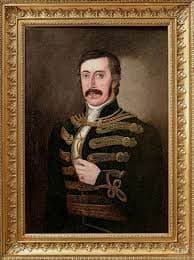
Nikolaus Zmeskall von Domanovecz © Wikipedia
Beethoven dedicated this work to his friend, Count Nikolaus Zmeskall von Domanovecz. Zmeskall was a civil servant and an amateur cellist who hosted gatherings in his home where chamber music was performed. These house concerts were the first place where much of Beethoven’s later chamber music was first heard.
Frédéric Chopin: Variations on “Là ci darem la mano” (1827)
Frédéric Chopin had such an intense friendship with political activist Tytus Woyciechowski that some scholars have recently claimed that the two had a romantic relationship.
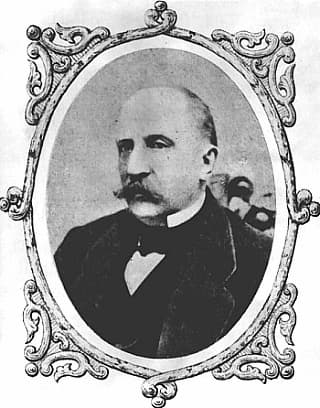
Tytus Woyciechowski © Wikipedia
Some historians have protested, but regardless of the truth, Chopin certainly did write some very intimate letters to Woyciechowski, including this one in 1830:
I will go and wash. Don‘t kiss me now because I haven‘t yet washed. You? Even if I were to rub myself with Byzantine oils, you still wouldn’t kiss me, unless I compelled you to do so with magnetism. There is some sort of force in nature. Today you will dream that you‘re kissing me. I have to pay you back for the nasty dream you brought me last night…
Three years earlier, Chopin had written a series of variations for piano on an aria from Mozart’s opera Don Giovanni and dedicated it to Woyciechowski.
The two friends eventually drifted apart, but they always remained in each other’s hearts. Woyciechowski eventually named one of his children after Chopin.
Felix Mendelssohn: Allegro Brillant (1841)
Since he was very young, composer Felix Mendelssohn was a close colleague of prodigy pianist Clara Wieck Schumann (the woman who eventually married composer Robert Schumann).
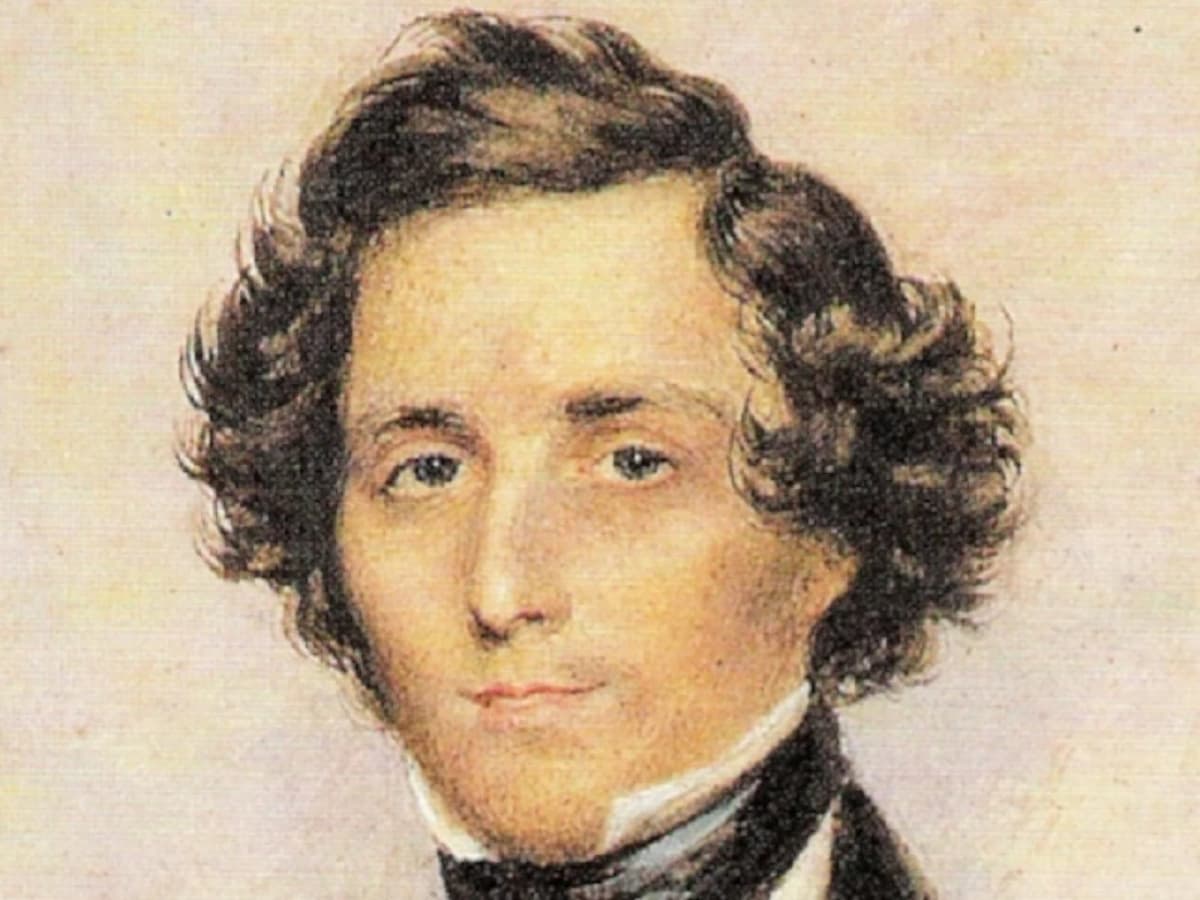
Felix Mendelssohn © U.S. Public Domain
In 1835, Mendelssohn was named music director of the Gewandhaus orchestra in Leipzig. Wieck, born in 1819, was a popular up-and-coming Leipzig-born piano prodigy, so the two often worked together professionally.
As a token of his admiration, in 1841, the year after her marriage to Robert Schumann, Mendelssohn wrote the dazzling Allegro Brillant for piano four-hands for Clara.
As a token of respect for his friend’s ability, the Allegro Brillant is devilishly difficult.
Johannes Brahms: Violin Concerto (1878)
Another musician in the Mendelssohn/Schumann social circle was a Hungarian violinist named Joseph Joachim.
In 1844, at the age of twelve, Joachim gave the first performance in decades of Beethoven’s violin concerto. This performance helped to kick off an entire reappraisal of the work. (By the way, the conductor at that concert? None other than Felix Mendelssohn!)
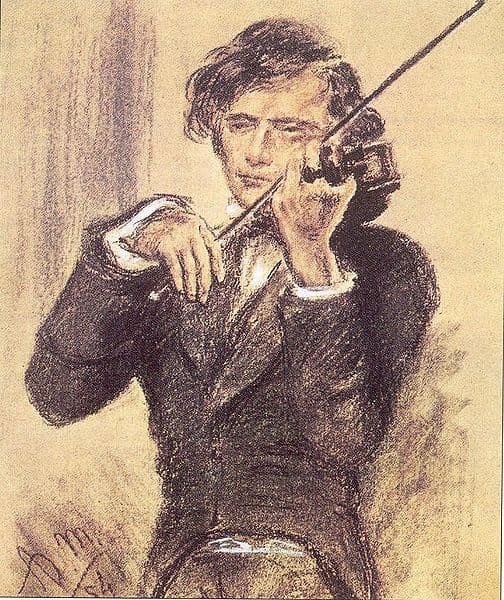
Joseph Joachim, 1853
When they were young, Joseph Joachim became great friends with pianist Johannes Brahms, and tried to help promote Brahms’s career. In fact, Joachim made the introductions between Brahms and the Schumanns, which became one of the most formative experiences of Brahms’s life.
Brahms and Joachim continued to be friends for many years (although their relationship had its ups and downs).
When Brahms wrote his violin concerto, he wrote it for Joachim, consulting extensively with him via mail. It shouldn’t be a surprise that the finale is extremely Hungarian in character. Joachim reciprocated the friendly gesture by writing the cadenza in the concerto, which is still the only one regularly played.
Edward Elgar: Enigma Variations (1898-99)
When Edward Elgar published his Enigma Variations for orchestra, he included a dedication: “to my friends pictured within.”
Each movement is a portrait of someone in his life, complete with musical puzzles and extra-musical references that have kept musicologists and nerdy listeners debating as to their identities for generations.
In 1911, he expanded on his dedication:
This work, commenced in a spirit of humour & continued in deep seriousness, contains sketches of the composer’s friends. It may be understood that these personages comment or reflect on the original theme & each one attempts a solution of the Enigma, for so the theme is called. The sketches are not ‘portraits’ but each variation contains a distinct idea founded on some particular personality or perhaps on some incident known only to two people. This is the basis of the composition, but the work may be listened to as a ‘piece of music’ apart from any extraneous consideration.
Sergei Rachmaninoff: Piano Concerto No. 2 (1900-1901)
Rachmaninoff’s second piano concerto may be among his most popular works today, but it only came to life after a lot of blood, sweat, and tears…and one especially helpful friend.
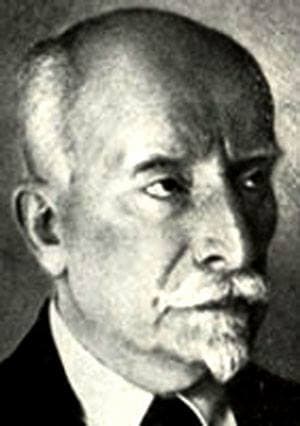
Nikolai Dahl © Wikipedia
To make a long story short, Rachmaninoff was so traumatized by the failure of his first symphony in 1897 that it triggered a mental breakdown. He wasn’t sure if he’d be able to compose again.
After several years of writers’ block, in early 1900, Rachmaninoff finally began going to a neurologist and family friend named Nikolai Dahl. Dahl helped him process the failure of his symphony and feel comfortable composing again. In gratitude, Rachmaninoff dedicated his second concerto to him.
The concerto is lush, deeply emotional, and beautifully paced and proportioned. Rachmaninoff toured the world playing and promoting it, ensuring its spot in the classical music canon.
George Enescu: Violin Sonata No. 3 (1926)
In 1926, violinist Franz Kneisel died. Kneisel had had a remarkable career. He was born in Bucharest, Romania, and studied music there and in Vienna. He became a concertmaster when he was just a teenager; he was later handpicked to serve in that position with the fledgling Boston Symphony, and he also founded the first professional string quartet in the United States, the Kneisel Quartet, which performed in America for decades.
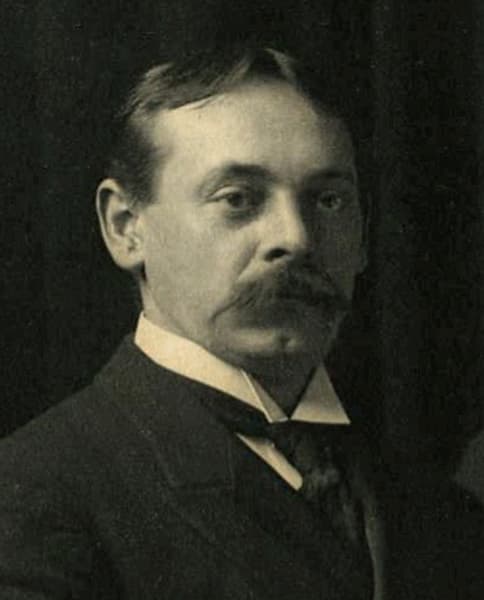
Violinist Franz Kneisel in 1902 © Wikipedia
So when Kneisel died in 1926, he was very famous. Composer and violinist George Enescu – a fellow Romanian musician – decided to pay homage to Kneisel’s origins by posthumously dedicating a violin sonata “in Romanian Folk Style” to him. It became Enescu’s most popular work.
Karol Szymanowski: Violin Concerto No 2 (1932-33)
Ukrainian violinist Paweł Kochański became sick with cancer in his forties. Cancer treatments were relatively limited at the time, and he would die at the age of 46 from the disease.
Before he died, however, he commissioned a violin concerto from his friend, Polish composer Karol Szymanowski. Szymanowski was deeply inspired by the request and wrote the concerto in a matter of weeks.
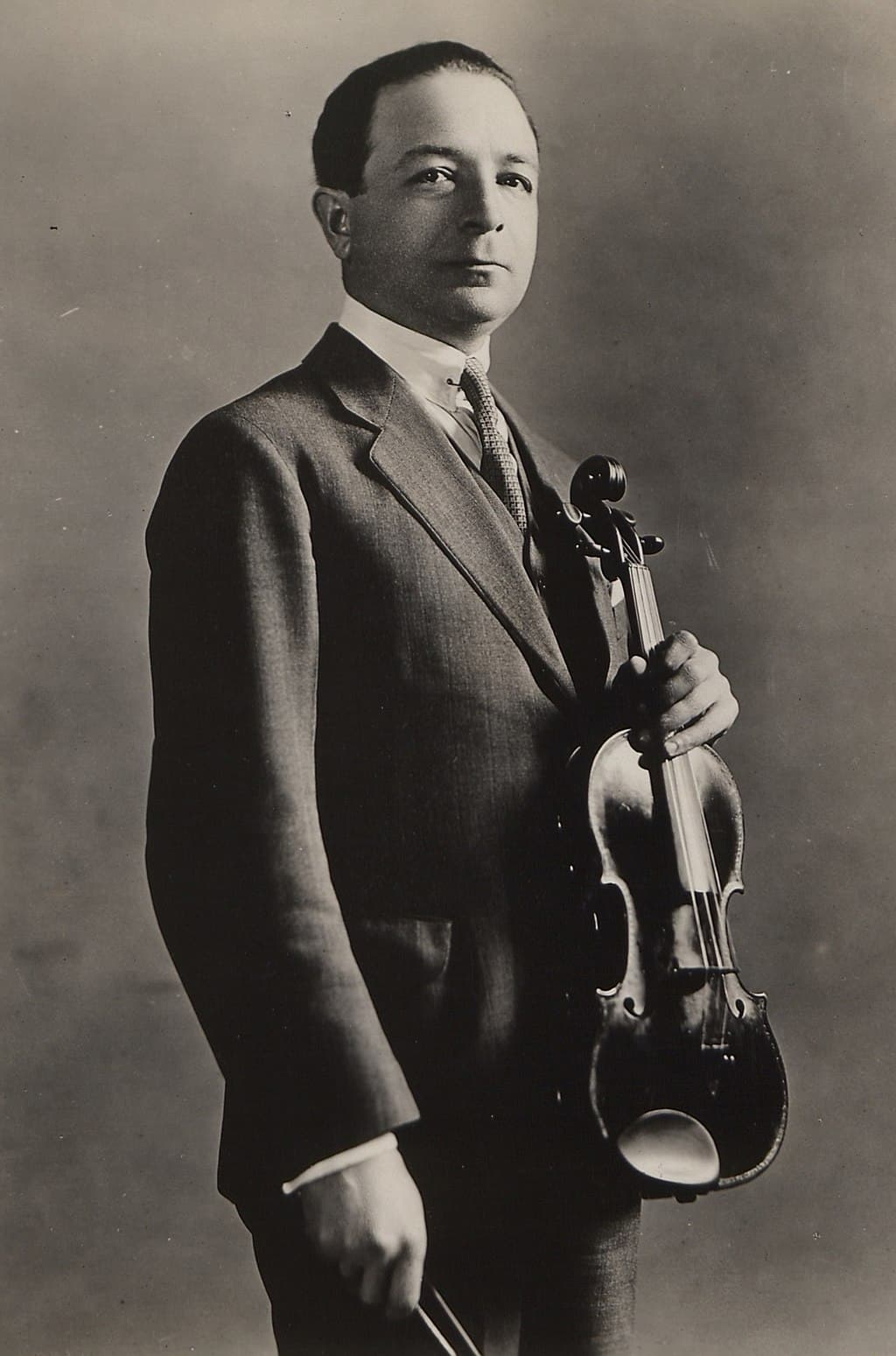
Paweł Kochański © Wikipedia
Happily, Kochański stayed well enough to premiere the work in October 1933 in Warsaw. But his health deteriorated rapidly afterward, and he died a few months later.
Before the score’s publication, Szymanowski edited the dedication to read “A la memoire du Grand Musicien, mon cher et inoubliable Ami, Paweł Kochański” (“In memory of the Great Musician, my dear and unforgettable Friend, Paweł Kochański”).
It ended up being Szymanowski’s last big work, too. He died in 1937 of tuberculosis.
Dmitri Shostakovich: Piano Trio No. 2 (1943-44)
Composer Dmitri Shostakovich began his second piano trio in late 1943 and finished it in August 1944.
While he was working on the trio, in February 1944, a close friend named Ivan Sollertinsky died in his sleep.
Sollertinsky was a brilliant figure who reportedly spoke twenty-six languages (and no, that’s not a typo). Among other things, he helped introduce Mahler‘s music to the Soviet Union.
Understandably, Shostakovich was devastated at the loss, and he wrote that devastating into his haunting piano trio.
According to Sollertinsky’s sister, the trio’s second movement was a portrait of her late brother. It is followed by a tragic dirge.
Arvo Pärt: Für Alina (1976)
There’s a deeply bittersweet real-life story behind Estonian composer Arvo Pärt’s short piano piece Für Alina (or “For Alina”).
In the 1970s, some family friends broke up. The father of the family left for England, and his teenage daughter Alina chose to go with him to see more of the world beyond Estonia.
The work is Pärt comforting his friend, Alina’s mother, while also recognizing her grief at her little girl leaving home.
Conclusion
Classical musicians can certainly be temperamental, but as this overview proves, sometimes the best friendships are friendships based on music!
What are your favorite friendship stories in the history of classical music? What pieces would you add to our list?